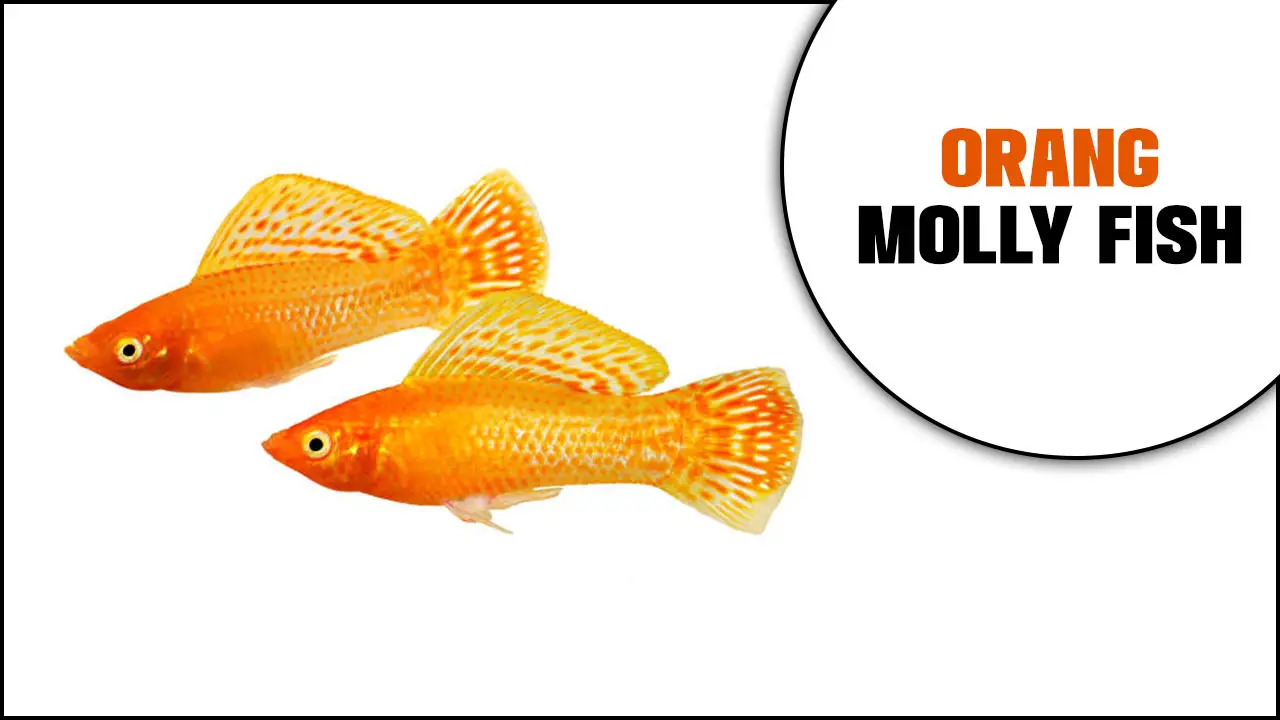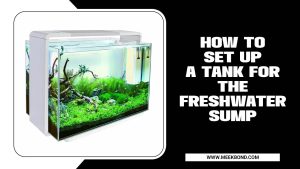Fish are a vital part of any aquarium, and it’s important to take care of them properly. If you find a dead fish, you should first try to identify the cause of death. The main causes of death for fish are stress and disease, but other factors can also kill fish.
Make sure to check out our blog for more information on how to save a dying fish at home. This post will teach you how to choose the right tank size and fish companions for your aquarium. How to feed your fish, and how to deal with stress and other common problems that can affect fish.

How To Save A Dying Fish – With Some Easy Steps
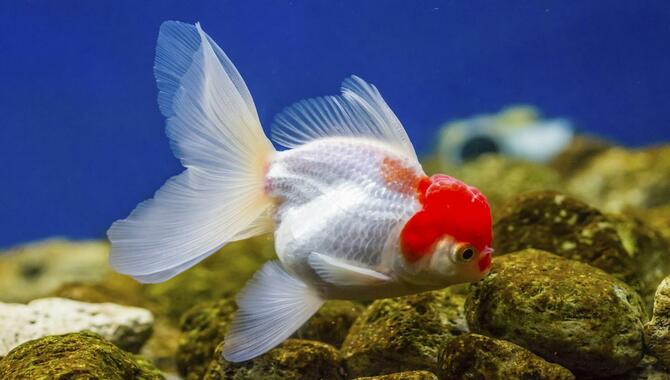
If you see a fish struggling, it is important to take it to a vet as soon as possible. In the meantime, here are some easy steps that can help save the fish’s life:
- Provide the fish with fresh water and oxygen at all times.
- Cover the fish with some ice if it starts to cool down.
- Feed the small fish amounts of food several times per day.
- Keep the fish’s water clean and change it regularly.
What To Do If You Find A Dead Fish
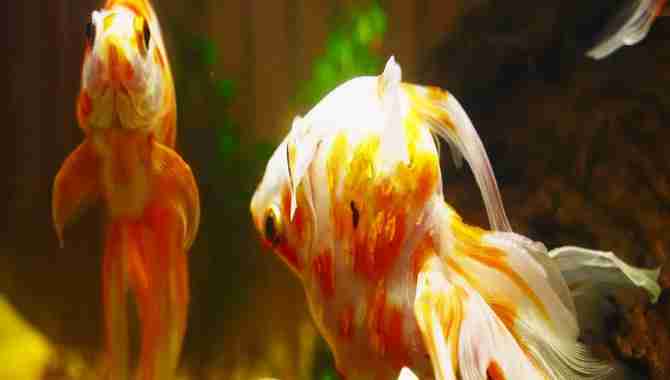
It can be heartbreaking when you stumble upon a dead fish. But there are steps you can take to ensure that you and the fish are as safe as possible. If you find a dead fish, do not move it – leave it where it is.
Clean the area around the fish to remove debris and wait for local authorities to arrive. If possible, take pictures of the scene so that you can provide evidence if necessary. In the meantime, follow these simple tips to ensure that the fish’s death is as peaceful as possible.
What Are The Signs Of A Sick Fish?
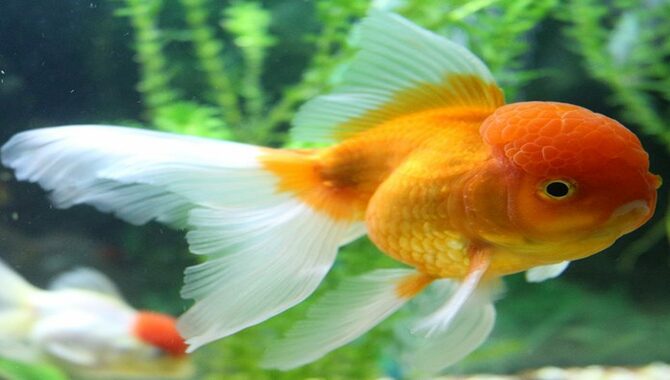
Fish are a vital part of any aquatic ecosystem and can play a big role in the health of your water garden or pond. If you notice any of the following signs, it’s time to check your fish out:
Swirling or cloudy water, signs of illness – lethargy, sunken eyes, clamped fins, oily discharge from the fish, or a decrease in the fish population. After determining if your fish is sick, take steps to nurse it back to health.
The most important thing you can do is to remove all debris and excess food from the aquarium/pond, provide a clean environment with enough oxygen and nutrients and keep temperatures below 78 degrees Fahrenheit (26 degrees Celsius). Fish are resilient creatures, but if you catch them in the early stages of illness, they’ll likely make a full recovery.
How Do You Save A Dying Fish?
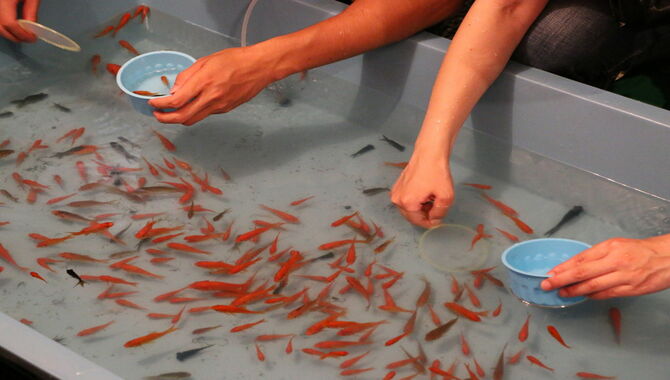
It might seem like fish dying is common, but it’s not. Fish dying is relatively rare, usually due to something wrong with the fish’s environment or health.
If you see your fish struggling, don’t give up on it just yet. You can do a few things to try and save it, including treating the fish with common household chemicals such as chlorine or ammonia.
Get help from a pet store staff member to transport and care for the fish while in the hospital. If all else fails, do whatever you can to save your fish
– even if that means taking them to a veterinary clinic. Fish dying is a sad reality, but it can prevent with a little bit of common sense and care.
The Most Common Reason Why Fish Die Is Stress.
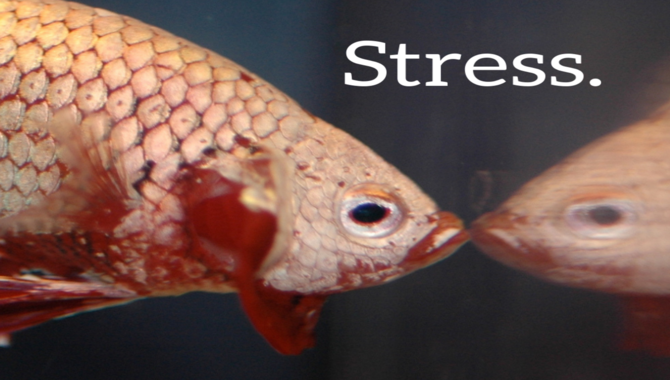
The most common reason why fish die is stress. To prevent fish from dying due to stress, it’s important to reduce their stress levels.
There are a few ways to do this, and it’s important to do them all if you want them to live long-term. Some of the most common ways to reduce stress in fish tanks include:
Getting a good aquarium filter that can remove bio-pesticides and other pollutants from the water, feeding them once or twice a day with a balanced diet that includes fresh vegetables and fruits, and keeping them in a tank with compatible fish species.
Make Sure Your Aquarium Environment Is Right For The Fish.
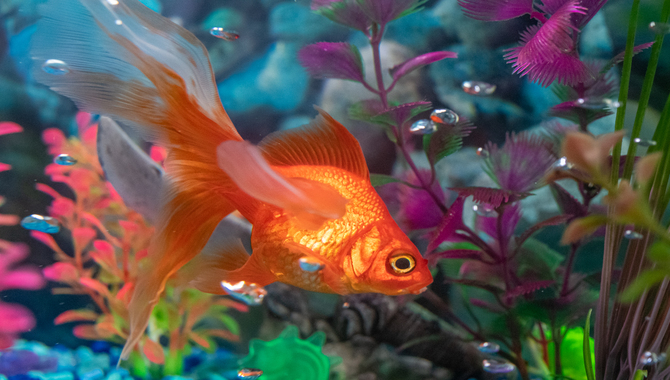
Beautiful red goldfish swimming in a fish tank or home aquarium.
When it comes to fish, it’s important to understand their aquarium environment clearly. This includes knowing the right fish for the tank and ensuring the tank is properly set up with the correct water, substrates, and light fixtures.
Take corrective action if you notice any changes in your fish’s health or behavior. This could mean moving the fish to a new tank, adding water and substrates, or changing the light fixtures.
Fish can’t fight off sickness themselves, so it’s best if someone takes care of them when they’re not feeling well – by changing their water and adding fresh food.
Check Your Aquarium’s Water.
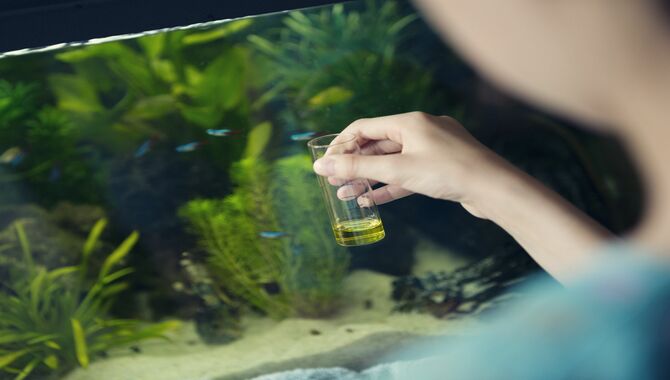
It can be heartbreaking to see a fish die in an aquarium, but with a little effort, it’s possible to save them.
Always ensure the water in your aquarium is clean before adding new fish or adjusting the water levels. If you notice any changes in color, like a fish that has lost its appetite or stopped swimming, it’s time to check the water.
If there is an ammonia problem, treat it with aquatic plant fertilizer and let the tank run for 24 hours before releasing any new fish.
Check The Contents Of Your Aquarium
It can be heartbreaking to see a fish tank empty of fish, but it’s important to remember to check the water every week. Make sure it’s clean and that your fish have the food and oxygen they need. If you see any signs of distress
– Like a fish not eating or floating on its side
– Take them out of the tank immediately. Fish can live for up to six months if properly taken care of, so it’s always a good idea to keep an eye on your aquarium and ensure everything is going well.
Set Up The Aquarium Correctly
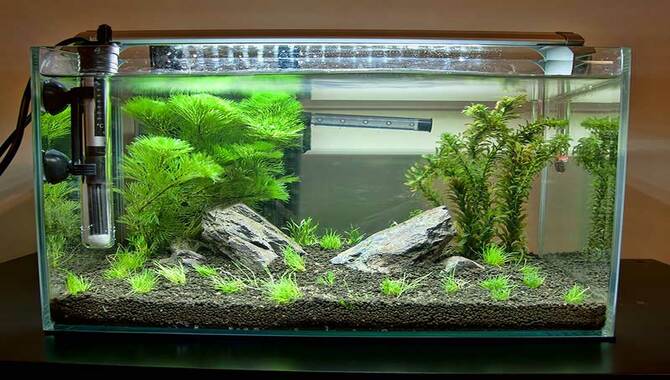
If you see a fish in your aquarium that isn’t looking so good, don’t worry – there’s a way to save it. The first step is to set up the aquarium correctly. Do not buy a fish that isn’t compatible with your tank – it will only stress and hurt the fish.
Once the aquarium is correctly set up, check for pH levels, water clarity, and temperature. Make sure to add aquatic plants, ornaments, or rubble to create interesting-looking habitats for your fishies.
If all of these things are in check, and the fish is still not looking good, you can try feeding it a diet of fish food pellets or water conditioner. If all else fails, you can try getting it from a vet.
Make Sure That Your Tank Is The Right Size For Your Fish
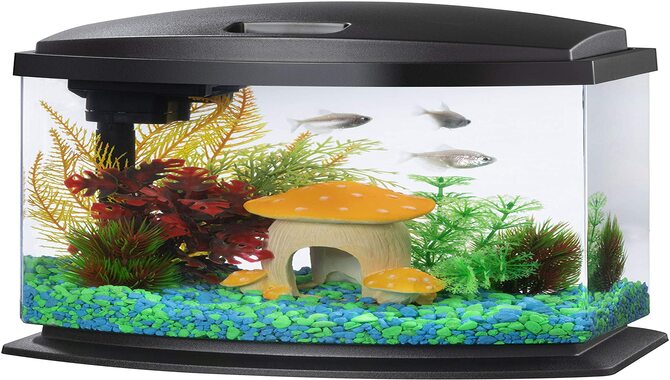
When it comes to fish, size does matter. That’s why it’s important to ensure the tank you’re buying is the right size for the fish you’re intending to add it. For cyprinids and catfish, a tank of at least 20 gallons is ideal.
Tilapia and cichlids, on the other hand, prefer tanks of at least 10 gallons. Make sure there’s enough swimming space and fresh water for your fish to drink, and leave enough room for them to hide. Consult your vet first if you’re thinking of adding live plants or gravel to your tank.
Choose The Right Tank Mates For Your Fish
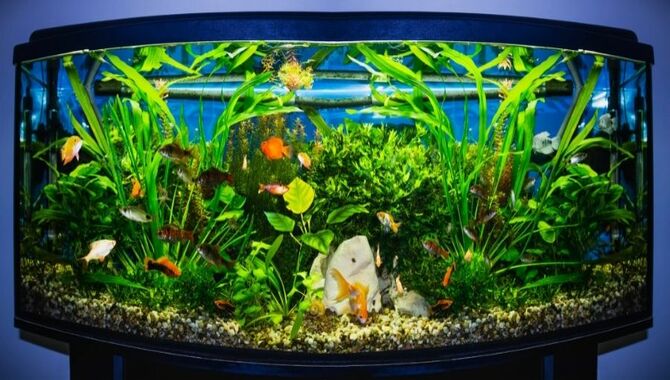
It can be tough when a fish friend dies, but there are a few things you can do to help. When choosing fish, buy the right kind for your tank. For example, choose a fish like a guppy or a goldfish if you have a small tank.
Avoid adding too large or aggressive fish, as this will lead to problems. Additionally, ensure to provide your new friend with food, water, and plants – everything they need to feel comfortable and safe in their new home.
If you’re feeling extra generous, you can add some fish food to the tank. Fish are interactive animals, and we will appreciate your kind gesture.
Keep A Check On How Much You Feed The Fish.
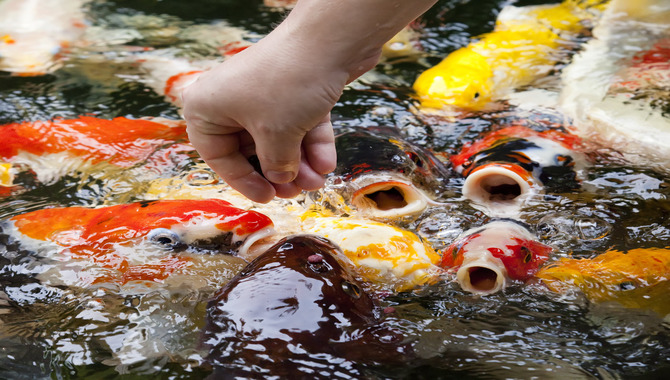
It can be heartbreaking to see a fish in your aquarium dying, but saving them is not always impossible. The key is to keep a check on how much you feed them and make sure that the food is only enough for them to consume in a few seconds.
If you notice any changes in their appearance, such as puffiness around the eyes or mouth, it’s time to take them to the vet. But don’t worry – it’s easy to check on your fish and keep a close eye on their health.
Simply monitor their water condition, feed them frozen or thawed food as it is more nutritional, and keep a lookout for any changes in their behavior or appearance. Fish are a great addition to any home, and it’s important to take care of them so they can live long and healthy life.
Conclusion
Fish are a vital part of any aquarium, and it is important to take care of them properly. If you find a dead fish, make sure to follow the steps listed below to save it. If you notice any signs offish, do not hesitate to take action.
By checking the environment and food, you can ensure that your fish have the best possible chance of survival. And lastly, if your fish dies, don’t be afraid to try the easy steps listed above. You can save any fish from dying at home with a little effort.
Frequently Asked Questions
What Are Some Signs That A Fish Is Dying, And What Should I Do About It?
If you see any of the following symptoms in your fish, it might be best to give them some extra love and attention before it’s too late. These symptoms often indicate that the fish is dying: fading colors, sluggishness, poor appetite, and difficulty breathing.
If you notice these signs in a new fish addition, it might be a good idea to add more water to their tank, change their food once daily, and provide plenty of oxygen to help them breathe properly.
Is There Any Way To Get Rid Of Uneaten Food Or Other Debris In An Aquarium Without Harming The Fish?
There is a great way to get rid of food, water, and fish waste without harming your fish- By using a net! Suspend a large net over the top of your aquarium and wait for all the food, water, and fish waste to accumulate on the surface. Once it has, reach up and grab everything with the net and dump it into a trash can or compost bin.
How Can I Prevent My Fish From Dying In The Future?
One of the best ways to help fish survive in the future is by providing them with good water quality and a balanced diet. Make sure all their water has good-quality minerals and trace elements, and feed them food pellets enriched with omega-3 fatty acids. Furthermore, keep their tanks clean and avoid keeping too many fish in one tank.
What Are Some Of The Most Common Causes Of Fish Death?
The most common causes of fish death are overfeeding, polluted water, and improper tank conditions. Following these simple tips, you can prevent fish deaths in your aquarium:
1.Reduce feedings: Feeding your fish too much can be a big reason they die. Try to stick to a feeding schedule based on their size instead of how much they’ve been eating recently.
2.Keep feed separate from the water in your fish tank: Feeding fish food contaminated with water from the tank can cause serious health problems for your fish. Make sure to store feed in a container separate from the water in the tank to avoid contamination.
3.Use proper aquarium filter cartridges: A good aquarium filter will remove harmful bacteria and toxins from the water, which can cause fish death. Be sure to replace your aquarium filter cartridges regularly to keep your fish tank healthy and algae-free.
How Can I Determine If My Fish Is Sick?
Observing its behavior is the easiest way to determine if your fish is sick. If the fish isn’t eating or swimming, it may be in serious trouble and must treat immediately. Some signs that may indicate a fish is sick are red dots on the body.
Which indicate suffocation, and diseases like white spot syndrome, ichthyosis, and septicemia, changes in coloration or spots that are bigger than normal.

Aquarium passion is all about connecting with the aquatic life and providing education to the public on the importance of these creatures. We showcase a wide variety of marine life through our exhibits as well as working with schools to provide unique learning opportunities for students of all ages.

![How To Create Your Own DIY Fish Food [You Should Know]](https://meekbond.com/wp-content/uploads/2023/03/How-To-Create-Your-Own-DIY-Fish-Food.jpg)

